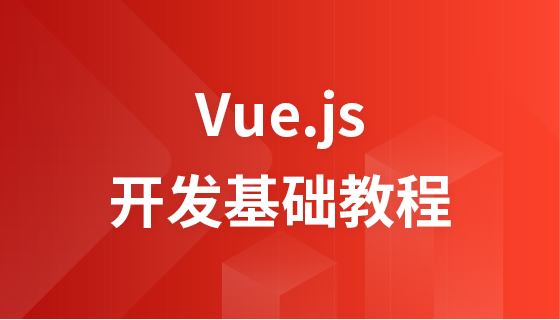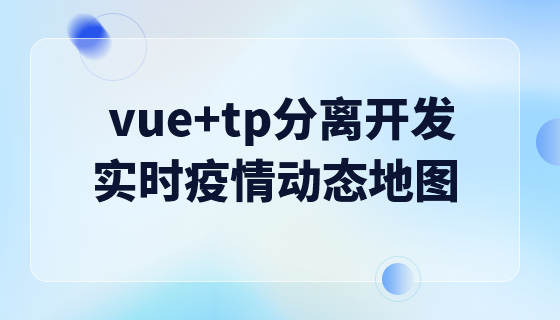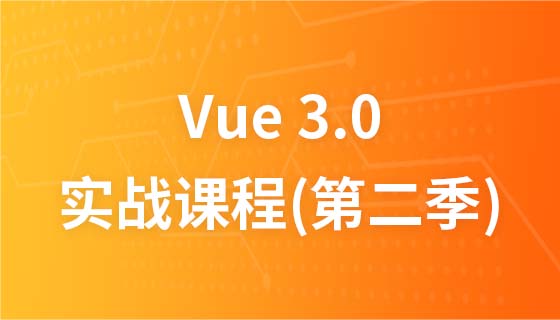
刨析Vue的服务器端通信方式:如何选择合适的方案
随着互联网技术的发展,服务器端通信在前端开发中扮演着越来越重要的角色。而对于Vue框架来说,选择合适的服务器端通信方式是一个关键的决策。本文将深入分析几种常见的服务器端通信方式,并介绍如何选择合适的方案来满足不同的需求。
- 传统的HTTP请求
最常见的服务器端通信方式就是使用传统的HTTP请求。Vue可以利用axios、fetch等库发送HTTP请求到服务器,获取数据或提交表单。这种方式简单易用,适合大多数情况下的数据交互。
代码示例:
1 2 3 4 5 6 7 8 9 10 11 12 13 14 15 16 17 | axios.get('/api/data')
.then(response => {
console.log(response.data);
})
.catch(error => {
console.error(error);
});
axios.post('/api/submit', { data: 'example' })
.then(response => {
console.log(response.data);
})
.catch(error => {
console.error(error);
});
|
登录后复制
- WebSocket
WebSocket是一种双向通信协议,相较于传统的HTTP请求,它可以实现实时的双向数据传输。Vue可以利用socket.io等库与服务器建立WebSocket连接,实现实时通信的功能。
代码示例:
1 2 3 4 5 6 7 8 9 10 | const socket = io('http://localhost:3000');
socket.on('message', data => {
console.log(data);
});
socket.emit('message', 'Hello, server!');
|
登录后复制
- GraphQL
GraphQL是一种用于API的查询语言,它解决了RESTful API中过多的请求和响应问题。Vue可以使用Apollo Client等库与GraphQL服务器交互,实现高效灵活的数据交互。
代码示例:
1 2 3 4 5 6 7 8 9 10 11 12 13 14 15 16 17 18 19 20 21 22 23 24 25 26 27 28 29 30 31 32 33 34 35 36 37 38 39 40 41 42 43 | import { ApolloClient, InMemoryCache, gql } from '@apollo/client';
const client = new ApolloClient({
uri: 'https://api.example.com/graphql',
cache: new InMemoryCache(),
});
client.query({
query: gql`
query {
users {
id
name
}
}
`,
})
.then(response => {
console.log(response.data);
})
.catch(error => {
console.error(error);
});
client.mutate({
mutation: gql`
mutation {
createUser(name: "Example") {
id
name
}
}
`,
})
.then(response => {
console.log(response.data);
})
.catch(error => {
console.error(error);
});
|
登录后复制
在选择服务器端通信方式时,需要考虑以下几个因素:
- 功能需求:根据项目的功能需求来选择合适的通信方式。如果需要实现实时通信,那么WebSocket是一个不错的选择;如果需要高效灵活的数据交互,那么GraphQL可以提供更好的体验。
- 技术能力:考虑开发团队的技术能力和经验,选择适合团队成员熟悉的通信方式。如果团队已经熟悉了HTTP请求的使用,那么继续使用传统的HTTP请求可能是最简单的选择。
- 项目规模:对于小型项目而言,选择传统的HTTP请求可能是最简单和高效的方式。而对于大型项目,特别是需要实现实时通信或高效数据交互的项目,选择WebSocket或GraphQL可能更为合适。
总结起来,选择合适的服务器端通信方式对于Vue的开发至关重要。在实际项目中,我们可以根据项目需求和团队技术能力来选择合适的方式。无论选择哪种方式,都要考虑灵活性、效率和性能等方面的因素,以达到最佳的开发体验和用户体验。
以上是刨析Vue的服务器端通信方式:如何选择合适的方案的详细内容。更多信息请关注PHP中文网其他相关文章!




